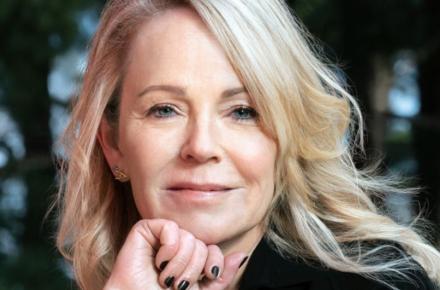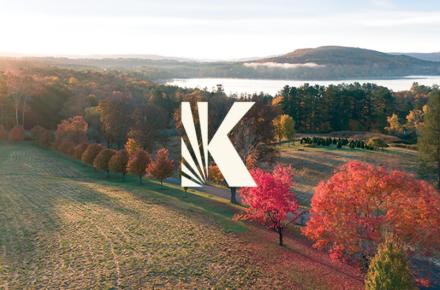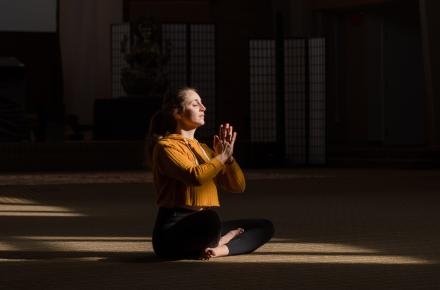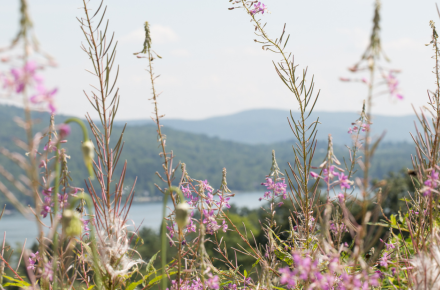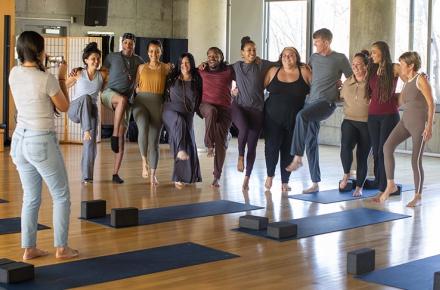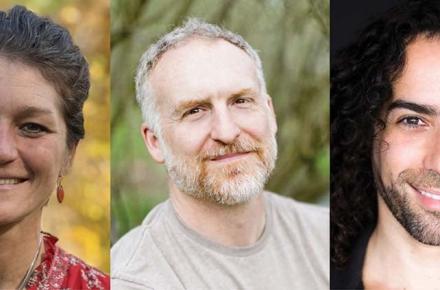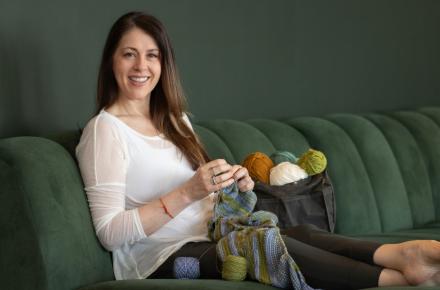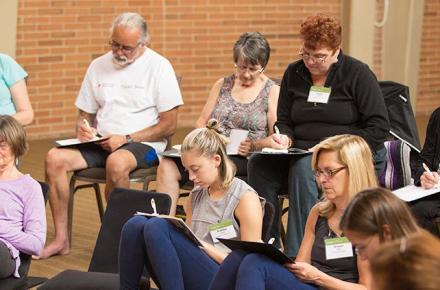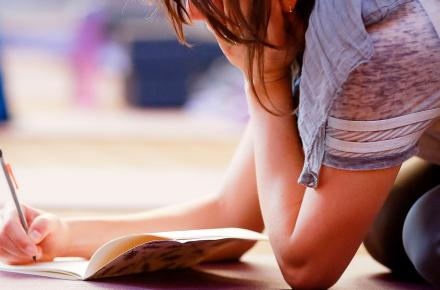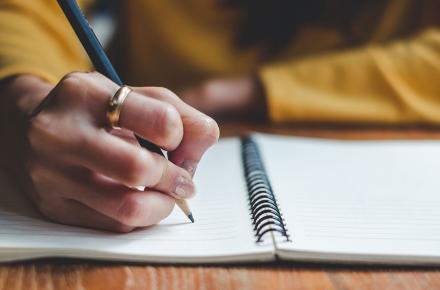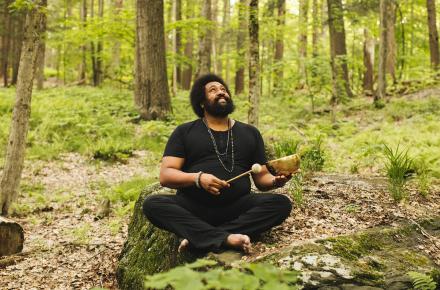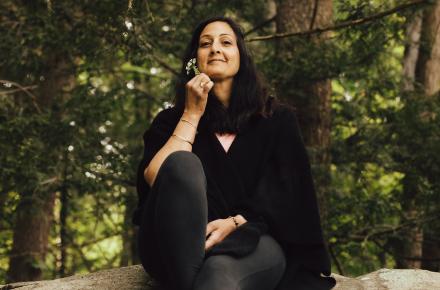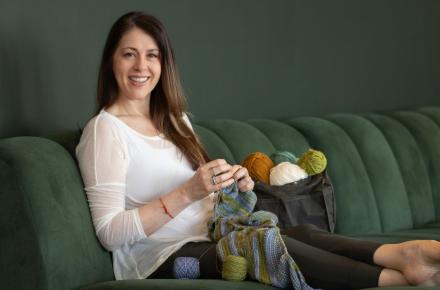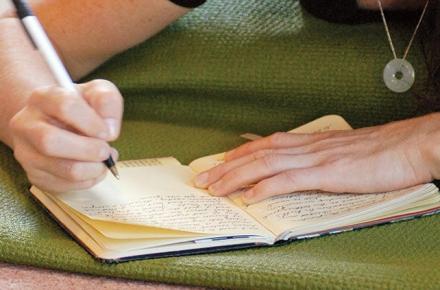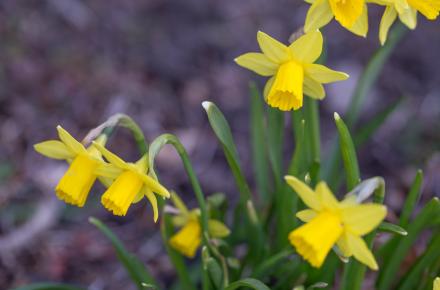Reclaiming Your Creative Self
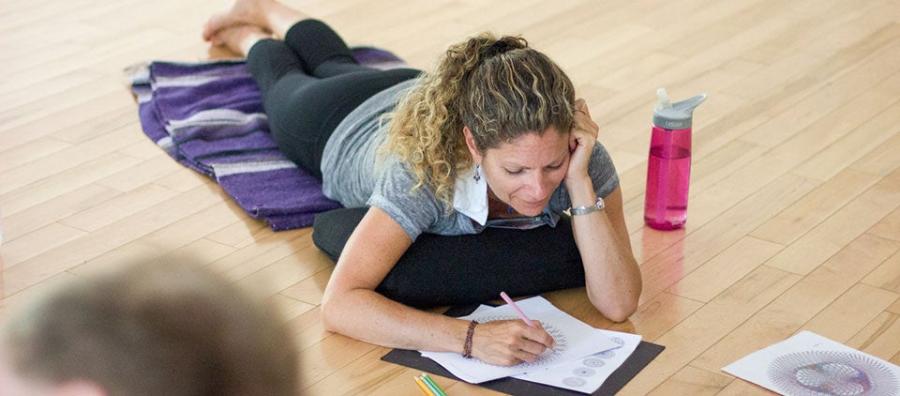
What if you discovered that creativity—your creativity—is essential to your personal well-being and happiness? Beyond that, what if you knew that creativity is a critical resource for navigating a world that is changing at lightning speed?
To meet the challenges of a world that is becoming new, to effectively address problems that appear to have too few solutions, creativity must be awakened. Innovative responses and skills are needed. In every part of life, from the way we run countries and do business to how we love each other, new and creative approaches are necessary.
Yet instead of going after creativity, fully tapping into its powers, we are estranged from it. We stand apart from our creative selves, as if looking at an exotic animal through reinforced glass at the zoo. We see creativity as a rarified quality assigned to an elite few, a luxury that allows some to create prettiness or beauty as opposed to being the fundamental skill set by which we all operate and realize our lives. Superseding psychology, philosophy, science, and every other domain of human study, creativity is equivalent to a fish’s ability to breath underwater.
Creativity gets relegated to an arts and crafts discussion even though it is integral to every moment of our lives. Every act is a creative act. A relationship, a business, a screenplay, a dance, an art form, a reality.
The Creativity Crisis
We are in the midst of a creativity crisis. In a major study of the Torrance Tests of Creative Thinking (TTCT), led Dr. Kyung-Hee Kim, Associate Professor of Creativity and Innovation at The College of William and Mary, a common measure of creativity was examined in 300,000 adults and children over the past five decades. The findings show that since 1990, while IQ scores have increased, creativity scores have been in a significant decline. In an earlier landmark study, educators George Land and Beth Jarman found that 98 percent of 3- to 5-year-olds register as creative geniuses. By 25 years old, the number dwindles to 2 percent.
The reasons for this creative entropy are complex. At the root is our conditioning, the layering of unexamined beliefs and assumptions that lead us to process everything we encounter through the intellect. Even though we sense other faculties, our orientation is to cognitively interpret and analyze our experiences. We prize IQ, which is only one measure of our ability to process our experience, and only one channel of self-expression. Other creative tools exist beyond our cognitive abilities. Those capacities include sensing, being, and knowing. From these come the gifts and talents we possess that are keys to a broader ability to conceive and perceive.
The tension we feel—the chronic stress and weariness experienced individually and collectively—comes from attempting to meet life’s challenges with limited resources. Favoring logic and reason over all else, we are pulling only one color from the Crayola box. From the perspective of the conditioned self, all other “colors”—other capacities and intelligences—are perceived as dubious. It is a failsafe mechanism of the cognitive mind: The intellect says that anything other than the intellect is questionable as a life skill—including the ability to innovate, to discover what lies beyond the horizon of what we already know.
The conditioned mind is a tenured critic, doling out hostile reviews of our desires and dreams, year after year. In the art world, negative reviews mirror the self-judgment and fear that comes up when we want to draw outside the lines and explore new territory. The first solo art exhibition of Norwegian painter Edvard Munch opened and closed the same week because of the negative dismissal of critics. Now celebrated for his groundbreaking contribution to German Expressionism, epitomized by The Scream, at that time Munch’s art was too outside the conditioned models of what worked. This was also the case with Sylvia Plath’s book The Bell Jar and Tony Morrison’s Tar Baby—both enormously innovative works of perception and conception that elicited strong pushback.
The rational mind can create a false boundary between our cognitive understanding and the wildness and freedom of our imagination. This reduces our ability to respond to life in ways that allow us to question with intelligences that are other than cognitive. Cognitive intelligence is the home of zero-sum thinking, by its nature competitive and exclusionary. But the body itself doesn’t operate in that way. The body—the well of our creativity—is home to a holistic intelligence, inclusive of many kinds of intelligence, including emotional, empathetic, musical, athletic, intuitive, and social intelligences. Each of these are modalities of creativity, and they don’t exclusively reside in the head—just ask a dancer, an athlete, a musician, a marriage and family therapist, or a diplomat.
The Loss of Imagination, Vision, and Hope
Logic and reason offer many beautiful rewards; however, our sole reliance on them comes at an extraordinary cost. Tragic things occur when we dismiss creative intelligence in favor of logic and reason alone. We suffer the loss of the primary gift that allows us to meet the challenges of life.
We lose connection with imagination and inspiration. Hope and vision atrophy. In place of these, we rely on conventional wisdom and pop culture to orient us to what is happening in the world. Instead of fueling our creative imagination, we get adapted into a kind of collective mindset that becomes evermore reductionist and specialized. Dogma takes the place of authentic dialogue, as we see every day in the media where there is little room for nuance or complexity. Our dreams atrophy as we lose the confidence to imagine successful outcomes, and set our sights and expectations lower and lower.
Imagination itself, in all of its fluid and fertile aliveness, gets reduced to a cause-and-effect linearity. Soon we lose our natural connection to our nonlinear intelligences, estranged from them in ways that our 3-year-old self is not. In all of this, we lose a sense of compassion, understanding, and empathy. The emotional sophistication that is required to see deeply into another person’s life experience with empathy as opposed to sympathy is not a product of intellect. It is an emotional maturity. The intellectualization of all things is an adolescent stage of development, one that attempts to understand a mystery by gaining control over life. We all do that. Until we grow out of it.
Creatively growing into ourselves, there is a kind of “taking charge” that no longer seeks a hierarchy. Instead it seeks awareness and connection.
Embracing Chaos
For my parents’ generation, life was neatly laid out. You got a job, raised a family, received the gold watch, and retired. That linear trajectory is not the life that most of us lead today. Cause does not lead to effect the same way it did in the past. The norm today is to frequently find ourselves in unpredictable chaos, moving with a mix of excitement and fear through various jobs, vocations, homes, and relationships.
There is only a dark side to chaos when we try to control and resist it. There is always going to be a challenge. It’s the nature of life. It’s chaos that we seek to control through over-intellectualizing that becomes a painful experience. We struggle to outthink life. “With the right data-sets, I can be in control!”
Chaos that is met with aliveness, intuition, flow, and in balance with the intellect is a creative maturity that provides resilience in chaos. That is a very different relationship to life and living. Awakening our creativity allows us to venture beyond the life we are given to a life we create, unbound by hand-me-down conventions modeled for us by others. Instead of reacting to or rebelling against a framework that has been preset, we get to consciously create the life we desire.
In my own life, this is my personal exploration. When I try to make sense of chaos with my logical mind alone, it becomes very frightening. The challenges of the chaos are greater than my intellect. And at a certain point the intellect tops out. The ability to process all data through logic and reason is no more sufficient than trying to experience the world solely through my sense of smell or taste would be. Each is a singular color in a marvelous palette that contains a wide range of intelligences, the synergy of which makes for a creative life.
Reactivating Wonder
By our infatuation with logic, we have narrowed our relationship with wonder and sailed ourselves into a bottle. The only way out of that bottle is to innovate our way out of the bottle. And we’re not going to sail out of the bottle with the same intelligence with which we sailed ourselves into it.
We know that we are at a crossroads in the world today—environmentally, socially, politically, economically … and personally. We can survive and thrive by learning to step from an outmoded system that values absolutes, predictable outcomes, and guarantees into a more powerful, fluid one. This is at the heart of why we develop our creative intelligence—to build a relationship with aspects of ourselves that are beyond logic and reason. We don’t lose sight of logic and reason, because we are capable of simultaneously transcending and including them.
The miracle is that the seed of creativity is always there. It’s always latent. Wonder is always there to be reactivated. The seed of creative intelligence can be shuttled back down from the head and into the body, where we have access to all kinds of intuitive and emotional knowings that are not separated by the over-intellectualizing of life.
There are unconventional skills—creative skills that are quite possibility infinite—that can be discovered and distinguished. And there are practices and tools to quicken that discovery and lead us out of the obsessive thinking that is part of an old blueprint for living a life.
Sometimes the effects of the obsessive thinking leave us feeling like we’re never going to be free—but we will be. Awareness is the key to freedom from conditioning.
“This isn’t even mine—this thought, this belief, this pattern, this small view of living. And it never was.”
This dawning is when life becomes magical again.
Creative Ignition
What really ignites creativity? It starts with a desire. We want something. We want to have impact. We want to make something more efficient, more sustainable, more effective, or more meaningful. We want to be solution-makers rather than spectators. We want to be in the game, not only seizing opportunities but also recognizing new possibilities when they arrive.
As we embrace our complexities, becoming more and more intimate not only with how we are wired but what really matters to us, we open the doors to the imagination, inspiration, and innovation that make all things possible.
With film credits that include Oscar winner What Dreams May Come and Emmy Award nominee Homeless to Harvard, Barnet Bain is a motion picture producer and director, educator, and creativity expert. He is the author of The Book of Doing and Being: Rediscovering Creativity in Life, Love and Work.
Take Barnet Bain's Creativity Quotient quiz.
Find out about Barnet Bain's program at Kripalu: Embodying Creativity in Life, Love, and Work.











